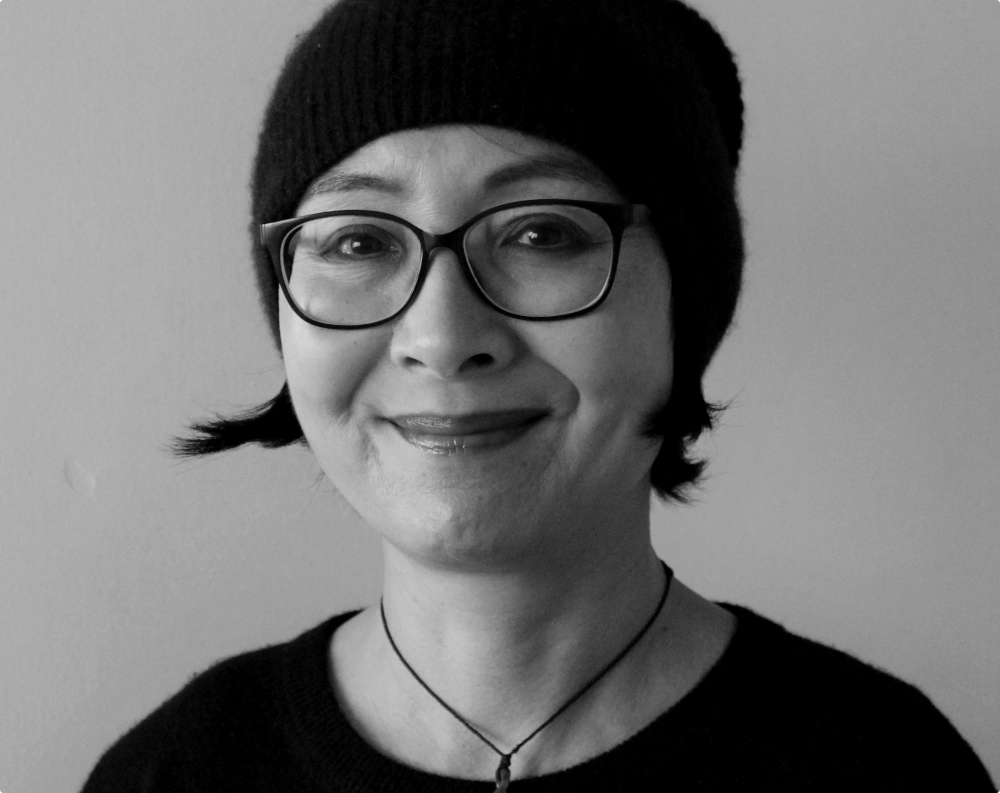
Image by Demelza Wong.
‘A Special Starch’ is an excerpt from a collection that engages with stories told by – and about – early settler Chinese Australians and their descendants, with a particular focus on those who settled in Melbourne and regional Victoria. The poems were written with the assistance of a Creative Fellowship at the State Library Victoria, 2019-21. This project has been assisted by the Australian Government through the Australia Council, its arts funding and advisory body.

Part of a procession to raise funds for famine relief in China. Melbourne. 1929. Pictures Collection. State Library Victoria.
(Heffernan Lane). Look at us: well-dressed and opulently fed, a rare oriental opportunity, fully cognisant of the messages our bodies convey, acutely aware of the enormous flagpole in the garden and the importance of concrete particulars firmly shod in our kid leather one bar / t-bar shoes (salvaged from the fire at Selfridges). See the white man in the margins? He framed this portrait in accord with the principle that the right decision is always the one that leaves you in full sight. For centuries we have been bricks in an unending cycle of falling out and almost breaking. We are gathered here today for our starving compatriots in northern China running mad for porridge in towns without separate tables for children. The building on the right is the Chinese Methodist Church: an index of gentility. On Sundays we collaborate to honour, love and value one another. Such practical sympathy, symbolic of the openhearted generosity of The Australian People (and so difficult to replicate), will be most effective in aiding the fund of thoughts and prayers that will remain open for the next two weeks. Please Donate. Dear Lord, there are so many questions and moral dilemmas. The Russell Street store can only hold so much food, medicine, herbs, silk and fireworks. At the cabinetmakers, our mothers can barely manage long division. How do we daughters of the middle kingdom – world-famous for self-effacement – begin to deconstruct the status quo of colonialist, anthropological government? It is simply not possible to stem this lymphoma and at the same time determine its metastases and mixed metaphors. Should we pray for rain so the builders go home, or meditate on the structure’s neutrality and learning objectives? After all, history has shown that education opens doors with traditional architectural features. In the tenth century or the year 583AD, Han Chee of the Chin dynasty or Emperor Li Yu of the Sui dynasty ordered Lady Yao, a court dancer and/or concubine to bind her feet to make them look like the new moon. The woman’s metatarsal joints were ceremoniously oiled, crushed and bowed in luminous breathtaking waxing crescendos. How can our footsteps possibly compare? In this story, we are well-heeled, muscular, arched and unfettered, tripping and gadding in shoes our grandmothers (supposedly) could never have conjured.
‘First published in Honey Literary, Issue 2. 29 July 2021.
‘Famine Relief’ includes phrases borrowed and adapted from: ‘FACTS AND FANCIES.’ Yackandandah Times. Fri 7 Jun 1929. p3; ‘The Woman’s World. The Flower of Youth – In the Orient.’ Herald. Sat 16 Mar. p8; ‘China Famine Relief Fund.’ The Argus. Sat 24 Aug 1929. p24; ‘The Chinese Famine.’ The Age. Thu 29 Aug 1929. p13. Morag Loh, Oral History Interviews with Chinese Immigrants and their Descendants 1976-83: George Nan Tie, 20 Feb 1982, and Dennis O’Hoy, Sep 1983. State Library Victoria.













